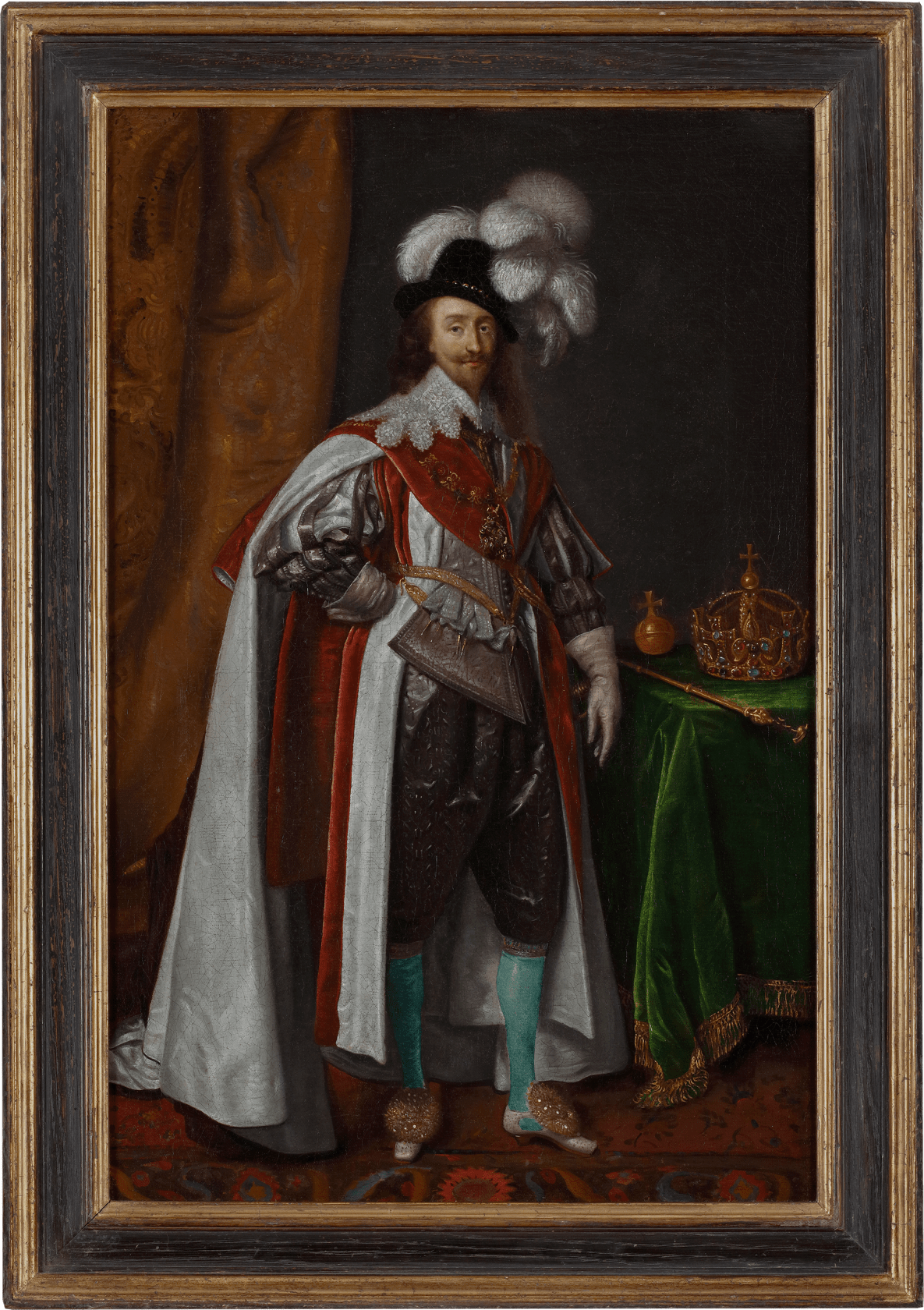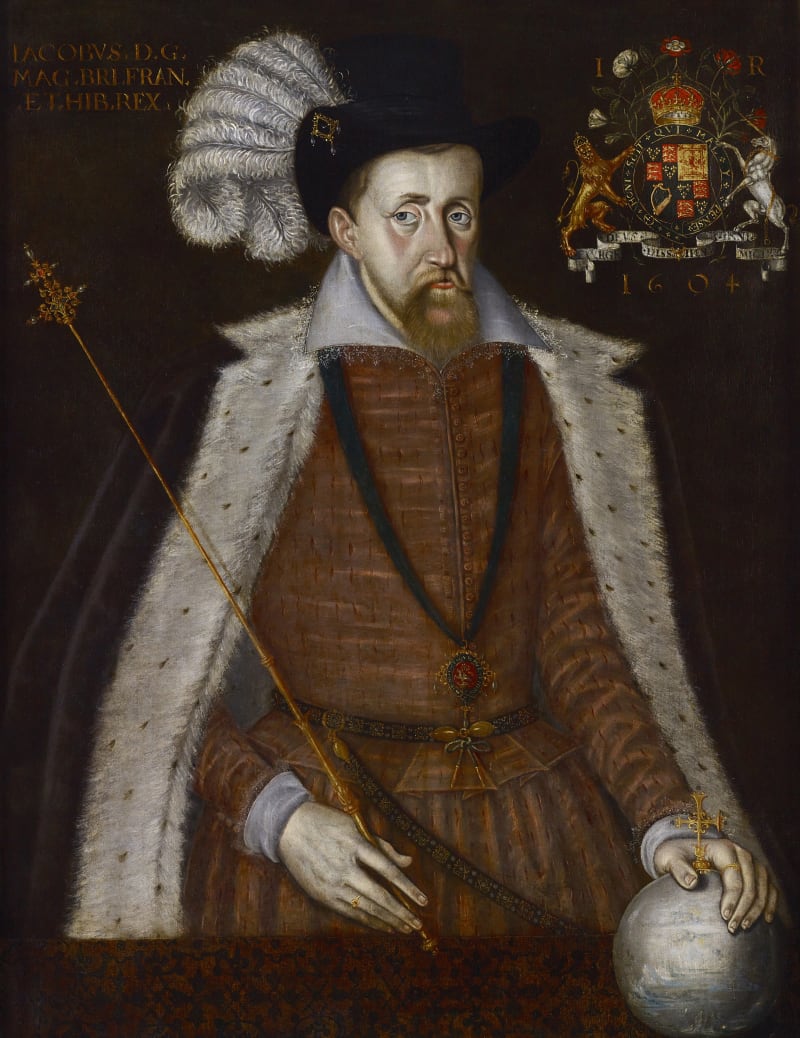We are grateful to Jacqui Ansell, Senior Lecturer Christie’s Education, for her commentary on men’s fashion which has been incorporated into this catalogue note.
Ceremonial wear was a popular choice of dress in male portraiture during the Stuart period as it projected a level of status and power that even the wealthiest men in the country could not always attain.
In this portrait, King Charles I is shown wearing the robes of the Order of the Garter, one of Europe’s most illustrious chivalric orders which was founded in 1348 by King Edward III. Membership was traditionally awarded to those who demonstrated bravery and valour, most often on the battlefield, and the robes, therefore, embodied contemporary concepts of strength and masculinity.
Since its inception, the monarch has been the automatic head of the order, with the Prince of Wales and no more than 24 Knights Companion. Due to its extremely limited membership, admission was and still is, considered a great...
We are grateful to Jacqui Ansell, Senior Lecturer Christie’s Education, for her commentary on men’s fashion which has been incorporated into this catalogue note.
Ceremonial wear was a popular choice of dress in male portraiture during the Stuart period as it projected a level of status and power that even the wealthiest men in the country could not always attain.
In this portrait, King Charles I is shown wearing the robes of the Order of the Garter, one of Europe’s most illustrious chivalric orders which was founded in 1348 by King Edward III. Membership was traditionally awarded to those who demonstrated bravery and valour, most often on the battlefield, and the robes, therefore, embodied contemporary concepts of strength and masculinity.
Since its inception, the monarch has been the automatic head of the order, with the Prince of Wales and no more than 24 Knights Companion. Due to its extremely limited membership, admission was and still is, considered a great honour, and thus each Knight celebrated their achievement through the commissioning and dissemination of portraiture.
In most cases, the male wearer would enhance their ceremonial dress through the use of expensive accessories and fine clothing worn beneath the robes. In this instance, Charles is shown wearing a pale-pink satin doublet and breeches which are ‘pinked’ and slashed to create a pattern. The sleeves of the doublet are composed of fabric ‘panes’ which fall open to reveal a fine linen shirt beneath, and the waistline is accentuated by sparkling silver ribbons with pointed metal ends called ‘aglets’. He wears brightly coloured silk hose (or stockings) below the knee and fine leather shoes, pinked to create a patterned surface and embellished with large lace decorations called shoe roses. The sequins on the shoes called oes or spangles would shimmer as he walked on his high heels – worn to augment in small stature. To further exaggerate his height and physical presence Charles wears a plume of white ostrich feathers, which were incredibly expensive and traditionally worn as part of the garter regalia. By the date this work was painted, ruffs had largely been replaced with wide collars or falling bands of fine bobbin lace, and the example worn by Charles in this portrait is of the highest quality.
This portrait is a small-scale period copy after Daniel Mytens’ celebrated full-length portrait painted in 1633.[1] It is known that Cornelius Johnson made copies of Mytens’s portraits and the subtleties within the facial features in the present work are highly reminiscent of Johnson’s hand.
[1] Saint Louis Art Museum, USA [118:1916].










